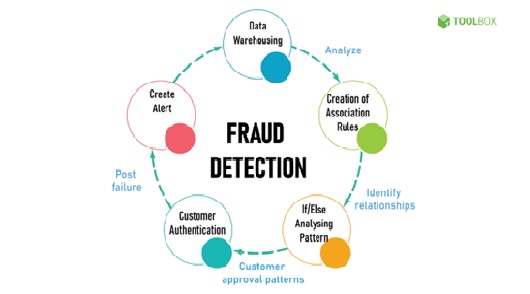Metadata for Information Management
Often referred to as data that describes other data, metadata is structured reference data that helps to sort and identify attributes of the information it describes.
Meta is a prefix that -- in most information technology usages -- means "an underlying definition or description." Metadata summarizes basic information about data, which can make it easier to find, use and reuse particular instances of data.
For example, author, date created, date modified and file size are examples of very basic document file metadata. Having the ability to search for a particular element (or elements) of that metadata makes it much easier for someone to locate a specific document. [1]

Figure 1. Metadata for Information Management
Metadata for Information Management is shown in figure 1. Metadata management is the business discipline of managing the metadata about data. It gives meaning to and describes the information assets in your organization. Metadata unlocks the value of your data by improving that data’s usability and findability.
Metadata Management Use Cases
Metadata management helps different personas in your organization answer their particular questions while also ensuring they are adhering to a consistent view of the data.
- Analytics: For more insightful analytics, users search, understand, and provision data using self-service data catalogs and governed workflows for their analytics programs. It can help you answer questions like “What is the best sales dataset for my analytics job?”
- Operations: To optimize operations, teams discover, harvest, and manage all enterprise metadata assets and data lineages to improve the quality of operations. It can help answer questions like “What systems are involved in fulfilling customer orders?”
- Compliance: To meet regulatory mandates (GDPR, CCPA, BCBS 239, etc.), you can support your compliance programs with data governance capabilities, including data privacy. Data governance teams can identify critical data elements, document definitions, and report on compliance. It can help answer the question “Where do we store and process personal information?” [2]
Benefits of Metadata
First of all, as we know one of the most basic benefits for any data reader is that because of it he gets a general overview of the data on which he is going to work. This can be helpful in reducing the time taken by data analysis. Instead of this some of the benefits regarding business profit are given below.
- For Websites with Embedded Metadata
- In Tracking the Behavior of Consumers
- Management of Profiles in Social Media
- Metadata of Files Stored in the Computer
- Cost Management and Maintenance [3]
In conclusion, metadata plays a crucial role in data science and information management. It provides essential information about data, enabling efficient and effective data discovery, understanding, and usage.
Overall, metadata is a critical component of information management in data science. It enhances data discovery, understanding, quality, and governance while enabling data reuse and collaboration. By recognizing the importance of metadata and implementing effective metadata management practices, organizations can unlock the full potential of their data assets and drive better insights and decision-making in the field of data science.
References:
- https://www.techtarget.com/whatis/definition/metadata
- https://www.tibco.com/reference-center/what-is-metadata-management
- https://analyticsindiamag.com/understanding-metadata-with-its-types-and-benefits
Cite this article:
Gokula Nandhini K (2023), Metadata for Information Management, AnaTechMaz, pp.89















